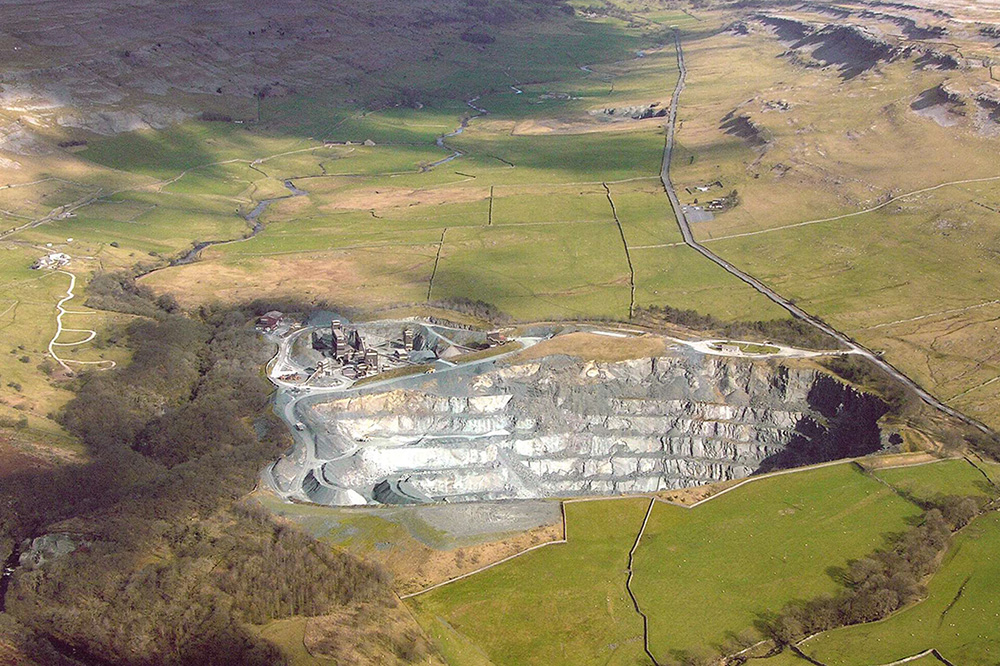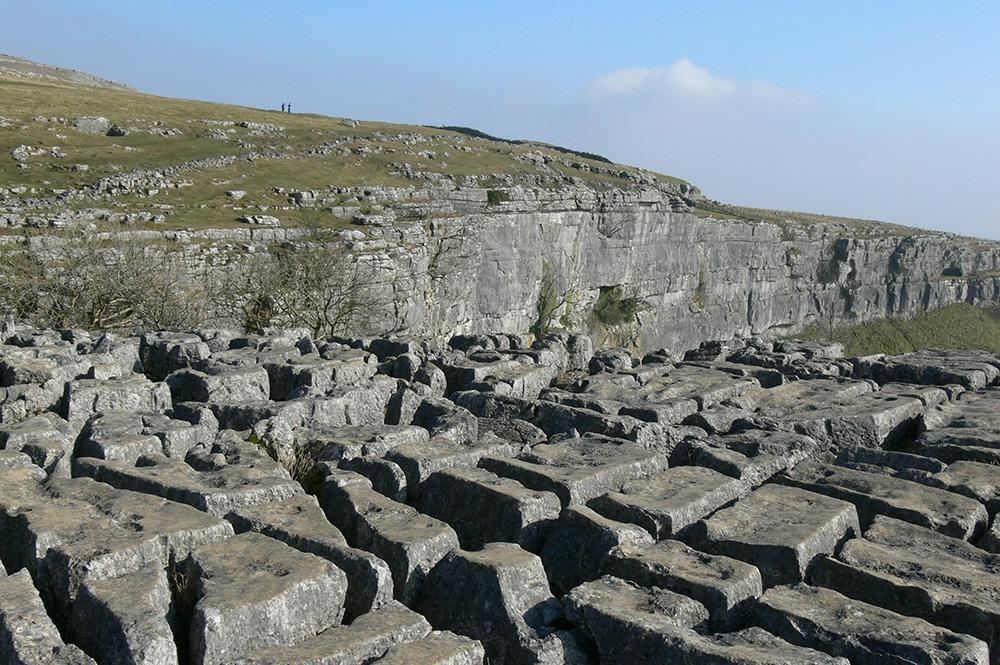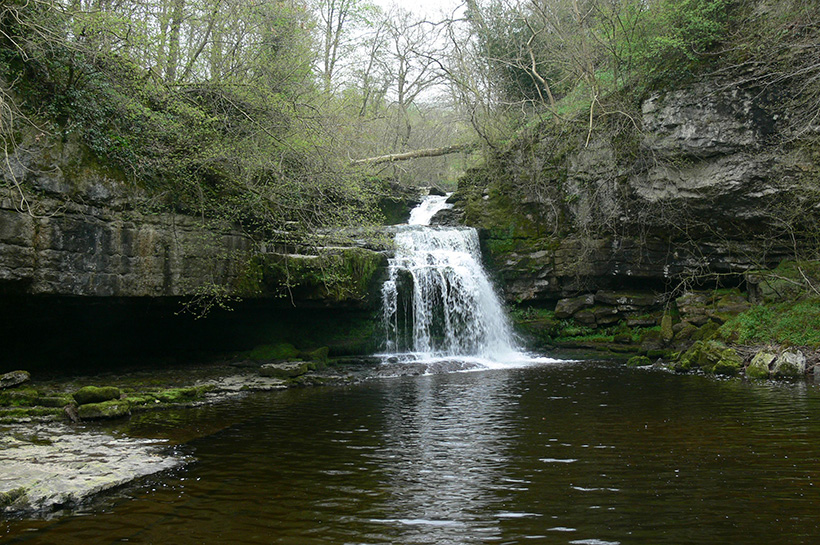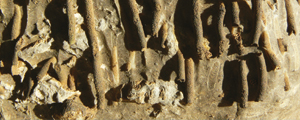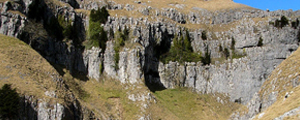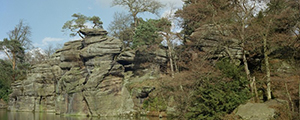 Taking a giant leap forward in time, to between 478,000 and 423,000 years ago (the Anglian glacial period), the whole area was buried in ice. Massive erosion, caused by the movement and melting of the ice, shaped much of the landscape; this sculpting continued during another, more recent (the Devensian), ice age (30,000 to 10,000 years ago) (13).
Taking a giant leap forward in time, to between 478,000 and 423,000 years ago (the Anglian glacial period), the whole area was buried in ice. Massive erosion, caused by the movement and melting of the ice, shaped much of the landscape; this sculpting continued during another, more recent (the Devensian), ice age (30,000 to 10,000 years ago) (13).
 Little evidence of the Anglian glaciation remains but there are extensive deposits from the Devensian, including the gravelly clays of the valley bottoms, which have been formed into trains of rounded hills called drumlins, especially in upper Wensleydale, Ribblesdale and the Craven lowlands. It also transported rocks from far away and when it melted left behind odd rocks called erratics often perched, as at Norber, on different rocks (14).
Little evidence of the Anglian glaciation remains but there are extensive deposits from the Devensian, including the gravelly clays of the valley bottoms, which have been formed into trains of rounded hills called drumlins, especially in upper Wensleydale, Ribblesdale and the Craven lowlands. It also transported rocks from far away and when it melted left behind odd rocks called erratics often perched, as at Norber, on different rocks (14).
